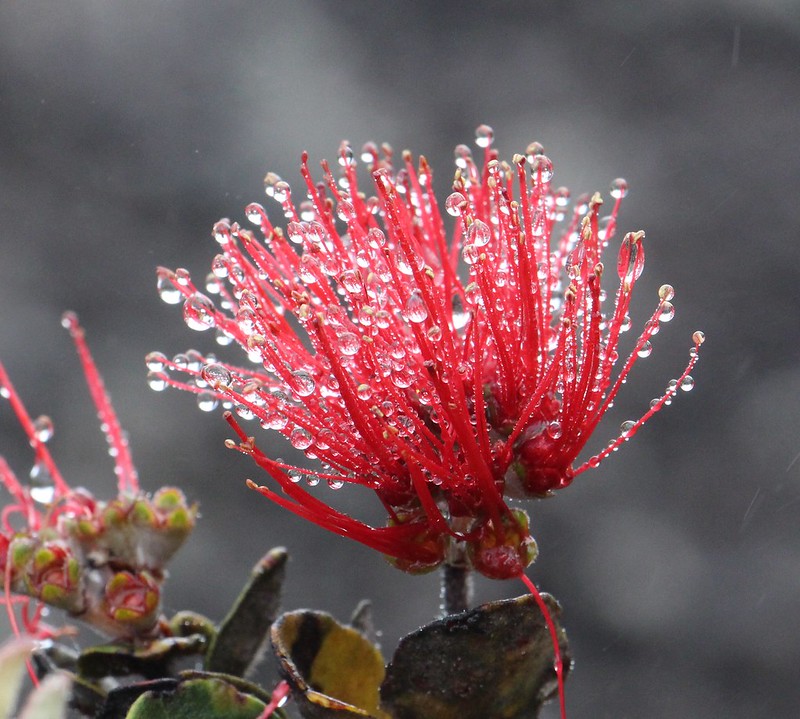On most weekdays, on the slopes and gulches above and below the Hāna Highway, a crew is hacking its way…
Read More
Citizen scientists and concerned community find ants new to Hawaiʻi
In 2017, a taro farmer in Hanalei on Kaua’i found a strange ant in his lo’i – large and brownish…
Read More
Research informs the efforts to stop Rapid ʻŌhiʻa Death (ROD)
ʻŌhiʻa are the pioneers – the first trees to grow on bare lava. ʻŌhiʻa are also adaptable – they grow…
Read More
Outreach and Education Update: October – December 2020
Reaching out while staying physically distant has diversified MISC’s outreach methods and it hasn’t always meant more technology. In late September,…
Read More
Early Detection Crew Update: October – December 2020
MISC’s Early Detection team, Forest and Kim Starr, identify the ants collected by staff and submitted by the public. In…
Read More




